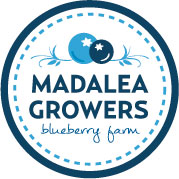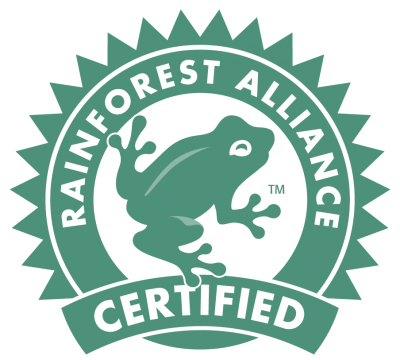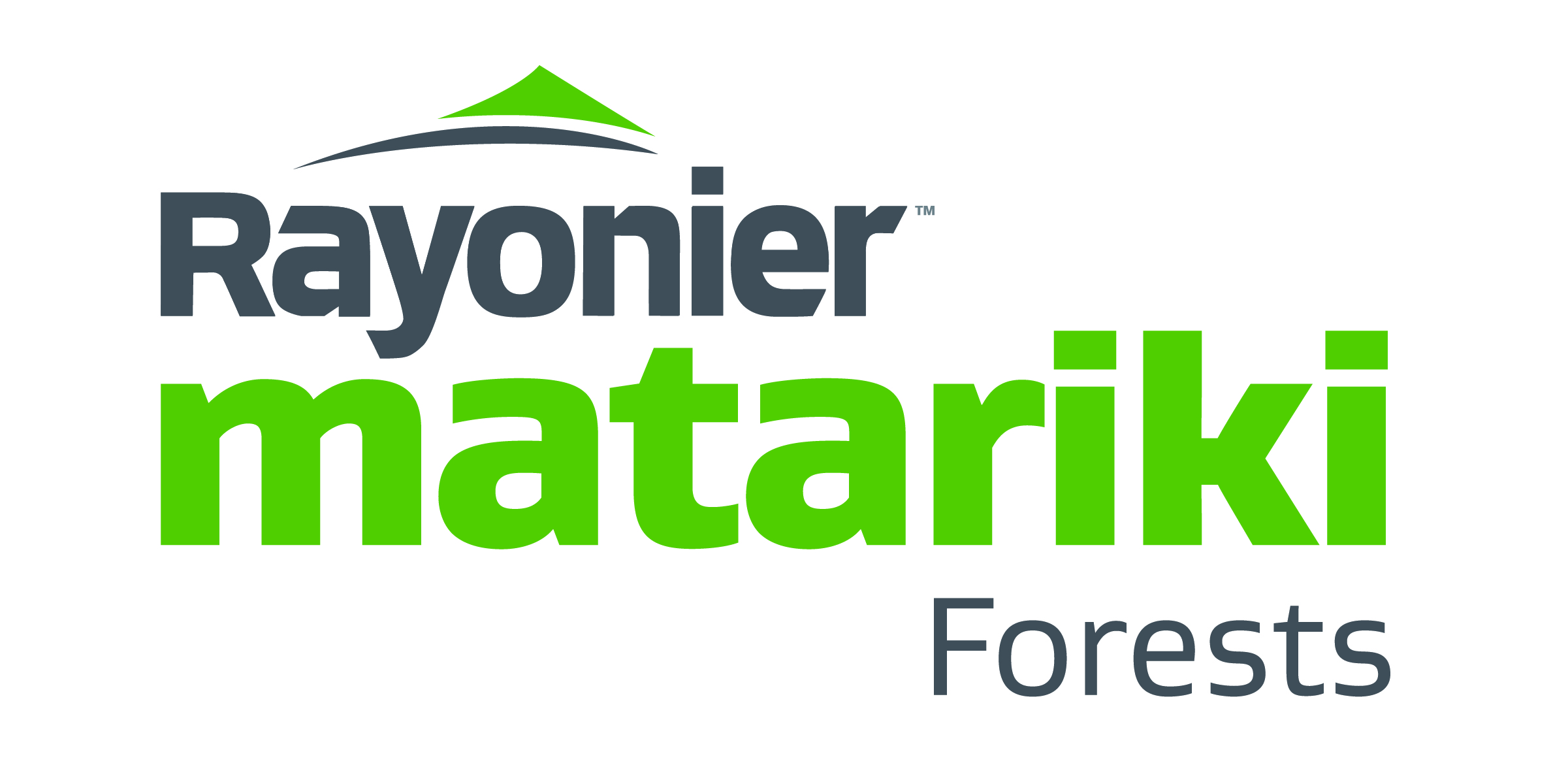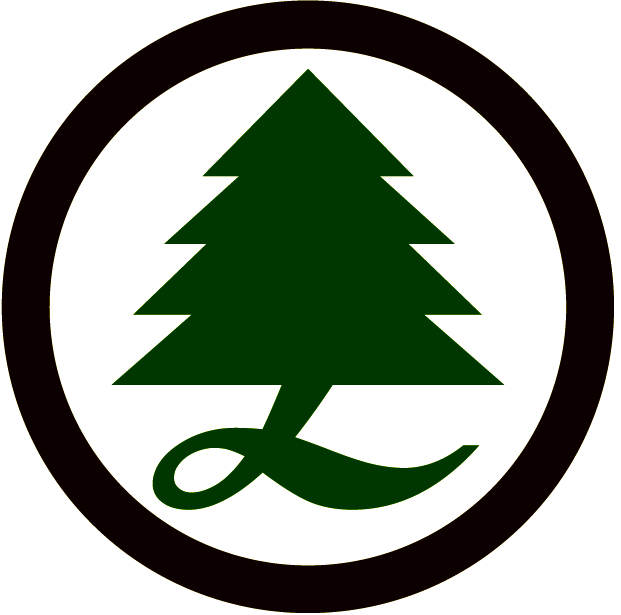Operation details
-
Coupe
-
Operation id
-
FPP NO
-
Contractor
-
Conducted on
Monitoring questions
1. General
-
1.1. Have all previously identified issues been addressed?
-
1.2. Has the contractor been briefed on any FPP variations? (Use a harvest induction checklist and record form).
-
1.3. Have all workers been fully briefed on the FPP and signed the briefing form?
-
1.4. Is a copy of the certified FPP and any variations available at the operation at all times?
-
1.5. Are roads being maintained adequately? I.e logging machinery kept off table drains, culverts clear, road surface permits proper drainage?
-
1.6. Is harvesting within planned boundaries as shown on FPP?
-
1.7. Is appropriate machinery and harvesting system being used?
-
1.8. Is the Fire Prevention at Forest Operations procedure being complied with?
-
1.9. Native forest only: Has collectable seed been managed appropriately (supervisor notified, left in accessible/agreed location)?
-
1.10. For native forest partial harvest coupes, is original eucalypt species composition reflected in retained trees?
-
1.11. Are fuels and lubricants being stored in a location where leaks cannot enter streams either directly or indirectly through table drains?
-
1.12. Is operation and machinery clear of evidence of fuel or oil leaks, or spills that may cause environmental harm or present ignition risk?
-
1.13. Is all waste being managed and removed in accordance with FPP?
2. Safety
-
2.1. Is information available showing EMP number and coupe name?
-
2.2. Are operational warning signs in place?
-
2.3. Has the operation been free of injuries, incidents or near misses since last monitoring event?
-
2.3a. Have detailed reports of each incident been undertaken and provided to FT?
-
2.4. Have all corrective actions identified in Faller and/ or operation safety audits been resolved?
-
2.5. Has the contractor been managing the identification of new hazards appropriately? (Any new hazards added to FOS plan).
-
2.6. Have alerts / notices generated since last monitoring inspection been raised at toolbox meetings?
-
2.7. Has the FT representative checked for any additional safety issues?
-
2.7a. Where an additional safety issue has been identified, has this been raised with contractors?
3. Production
-
3.1. Is timber being felled systematically and to FPP prescriptions? (Results of progressive harvest assessments acceptable?)
-
3.2. Is timber being felled to minimise damage to retained stems & is damage within acceptable limits?
-
3.3. Is timber being felled to minimise damage to felled product?
-
3.4. Is processing of timber being done in a way to maximise recovery?
-
3.5. Stump height acceptable? (consider rocks and terrain)
-
3.6. Is there at least one certified timber classification officer on site at all times?
-
3.7. Are the cross cutting, classification and segregation duties being performed correctly?
-
3.8. Has the e docket machine been synchronised within the last 7 days?
-
3.9. Are the appropriate log dockets being used for the operation (check certification statement)?
4. Snig tracks (including forwarder tracks)
-
4.1. Are sing tracks located and managed in accordance with FPP? (Minimise, avoid drainage lines, cross drains)
-
4.2. Are stream crossings constructed in accordance with FPP requirements?
-
4.3. Are all wet weather limitations being observed?
5. Landings sites (NF) & stockpile /loading sites (plantations)
-
5.1. Are landings/stockpiles/loading sites located & constructed in accordance with FPP?
-
5.2. Do snig tracks approach the landing/stockpiling/loading sites appropriately?
-
5.3. Has water flowing towards landings / stockpiles been diverted if needed?
-
5.4. For temporary landings, has soil been stockpiled appropriately?
-
5.5. Has logging residue been returned to forest or stockpiled appropriately.
6. Watercourse management
-
6.1. Are stream side reserves clearly marked, correct width, and undisturbed by machinery?
-
6.2. Are class 4 streams and drainage lines being treated in accordance with the FPP?
-
6.3. Unless allowed in the FPP for plantations, are Stream side reserves clear of logging debris?
-
6.4. Are streams clear of visible evidence of sediment?
-
6.5. Has mud from landings / stockpiles/loading sites been prevented from entering streams?
7. Natural and cultural values
-
7.1. Have biodiversity prescriptions in the FPP been followed?
-
7.2. Have geomorphology, soil and water prescriptions in the FPP been followed?
-
7.3. Have cultural heritage prescriptions in FPP been followed?
-
7.4. Have landscape prescriptions in the FPP been followed?
8. Restoration ( note: questions in other sections also apply)
-
8.1. Is restoration being done progressively?
-
8.2. Is restoration in accordance with FPP and effective?
-
8.3. Roads : surface and table drains clear, culverts undamaged and functional, road surface acceptable.
-
8.4. Snig tracks: stream crossings removed, cording lifted, cross drains effective and correctly spaced?
-
8.5. Landings: cording lifted, area adequately drained, bark and waste wood in aerated heaps clear of trees, stockpiled soil spread.
-
8.6. Machinery wash down procedures complied with as per FPP?
9. Completion and acknowledgment
-
Is the monitoring assessing a full or temporary clearance? (Switch to green if yes)
-
Coupe clearance granted?
-
General comments
-
Supervisor signature
-
Contractor signature











